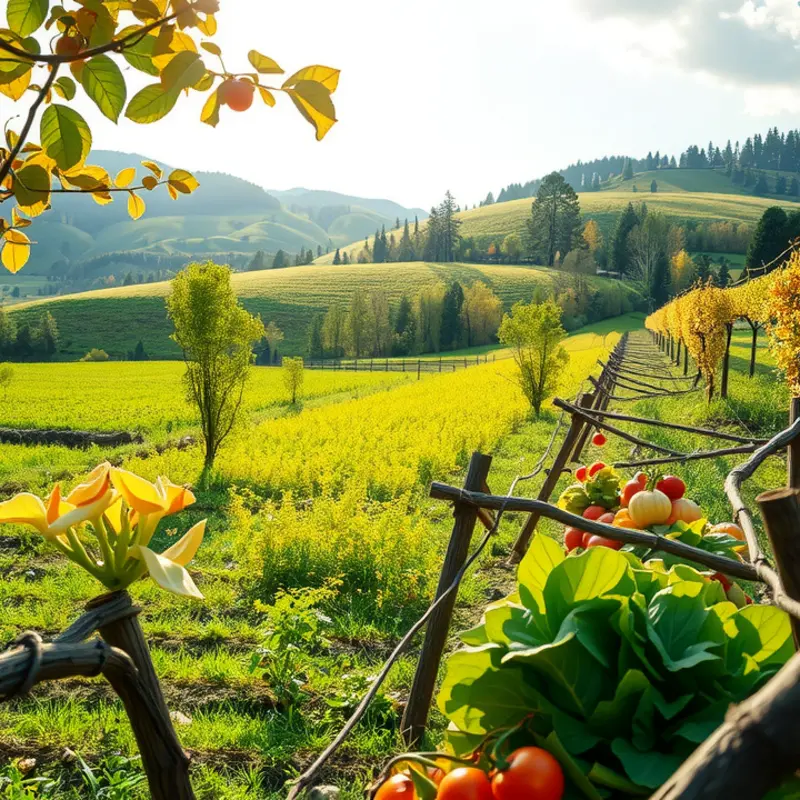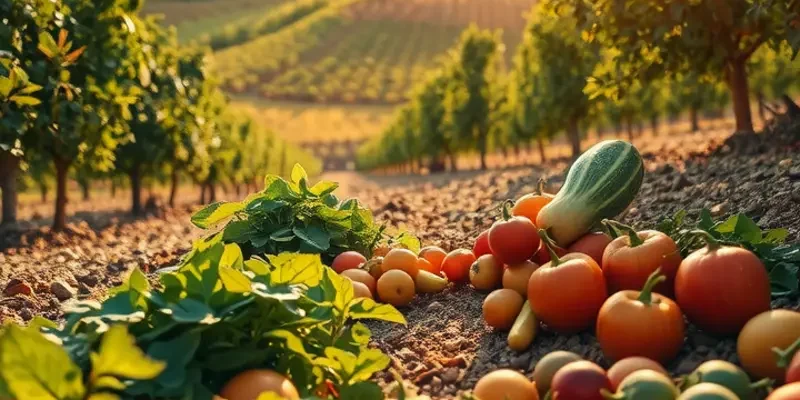Across the globe, brewing beverages transcends mere hydration; it’s a celebration of culture, history, and community. From ancient techniques to contemporary adaptations, the art of brewing captures the essence of diverse locales and traditions. Whether it’s tea in Japan or coffee in Ethiopia, each method tells a story, reflecting the unique flavors and rituals of its origin. Join us as we explore two enchanting chapters of brewing that promise to tantalize your taste buds and expand your cultural horizons.
Ceremonial Brews: The Art of Tea in Japan

In the realm of global beverage traditions, Japanese tea ceremonies stand as a paradigm of precision and mindfulness. The practice is steeped in Zen Buddhism, and its meticulous nature transforms a humble act into an art form.
The heart of the ceremony lies in the careful preparation and presentation of matcha, a vibrant green powdered tea. Passed down through generations, the tradition remains largely unchanged, underscoring Japanese culture’s emphasis on harmony, respect, purity, and tranquility.
The ceremony begins long before any tea is brewed, with the careful selection and arrangement of tools. The chawan (tea bowl), chasen (bamboo whisk), chasaku (tea scoop), and natsume (tea caddy) are indispensable. Each piece is selected for its beauty and function, embodying wabi-sabi—a concept celebrating imperfection and transience.
Preparing the tea calls for an exacting process. The host first purifies the utensils with silent reverence, akin to a meditative ritual. Special attention is paid to every movement, emphasizing simplicity and grace. Matcha is then scooped into the chawan using the delicately carved chasaku. A stream of hot water follows, transforming the vibrant green powder into a frothy, aromatic concoction as the chasen briskly whisks it. The sound of bamboo brushing against the bowl is considered part of the sensory experience, alongside the sight of steam curling into the air.
Guests partake in the ceremony with equal solemnity. Holding the chawan, they admire its form before taking a sip, savoring the umami-rich flavor of the tea. This moment of appreciation extends beyond taste to engage all the senses, creating a profound connection between people and nature.
The art of Japanese tea is deeply tied to the philosophy of cha-no-yu, emphasizing respect and mindfulness in each gesture. The host offers tea not just as a beverage, but as an invitation to momentarily step away from the chaos and embrace simplicity.
For those interested in exploring mindfulness in other contexts, consider learning about mindful eating practices that cultivate similar awareness and connection with one’s food.
In conclusion, Japanese tea ceremonies reflect a pursuit of mindful living. By weaving together humble ingredients and refined techniques, they offer participants a path to reflection and appreciation. Ultimately, the ceremony transcends the act of drinking tea, embodying a philosophy that continues to inspire and resonate across cultures.
The Coffee Roots: Ethiopia’s Traditional Brewing

Ethiopia’s coffee tradition is not just about the drink itself; it is a cultural expression deeply rooted in history. The country is renowned as the birthplace of coffee, and its practices have shaped how coffee is perceived and enjoyed worldwide.
The traditional Ethiopian coffee ceremony is an iconic practice that goes beyond mere brewing. It is an elaborate ritual lasting several hours, highlighting the importance of hospitality and community. Central to this process is the use of the jebena, a distinctive clay pot designed for brewing coffee. This method, which dates back centuries, embodies Ethiopia’s unique approach to coffee making.
The ceremony usually begins with the roasting of green coffee beans over an open flame. The pungent aroma fills the air as the beans pop and crackle. Participants savor the fragrance that signals the start of the gathering. Once roasted, the beans are ground by hand using a mukecha, a traditional wooden mortar and pestle. This meticulous grinding is a meditative process, crucial for the drink’s authentic flavor.
The ground coffee is transferred into the jebena, where it is mixed with hot water and brought to a boil over a charcoal fire. The pot’s distinctive spout, designed to filter out grounds, ensures that only the smoothest brew is served. Skilled hands pour the coffee into small, handleless cups, called sini, from a height. This elegant pouring is both an art form and a testament to the brewer’s experience.
The ceremony often involves three rounds of serving, each with its own significance: Abol (the first round), Tona (the second), and Baraka (the third). The rounds symbolize the transformation of the coffee’s potency and are consumed with due respect for the occasion. Participants engage in relaxed conversation, sharing stories and laughter, reinforcing bonds and community ties.
Integral to this ritualistic process is the use of accompanying snacks like popcorn or roasted barley, adding a layer of texture and flavor to the experience. This practice not only reflects the rich cultural heritage but also exemplifies mindful eating practices, engaging the senses fully in the present moment. Those exploring ways to enhance their sensory experiences might find resonant insights in this deeply intentional tradition.
The Ethiopian coffee ceremony is more than a preparation method; it represents a communal tradition passed through generations. Each gathering is an opportunity to reconnect with cultural roots, celebrating unity through a shared, aromatic cup. This blend of carefully honed technique and rich cultural context epitomizes coffee’s revered position within Ethiopian heritage, offering a flavorful journey to its origin.
Final words
Brewing beverages is much more than a daily ritual; it’s a reflection of culture, identity, and history. Whether indulging in a delicate cup of Japanese matcha or savoring a robust Ethiopian brew, these traditions invite us to connect with the past while enjoying the present. Each brewing method encapsulates a narrative, passing down wisdom and flavor through generations. As food enthusiasts and culturally curious readers, exploring these global beverages opens a gateway to understanding the intricate tapestries woven by diverse societies worldwide. Embrace the opportunity to sip, savor, and learn, for every brew tells a story waiting to be experienced.








